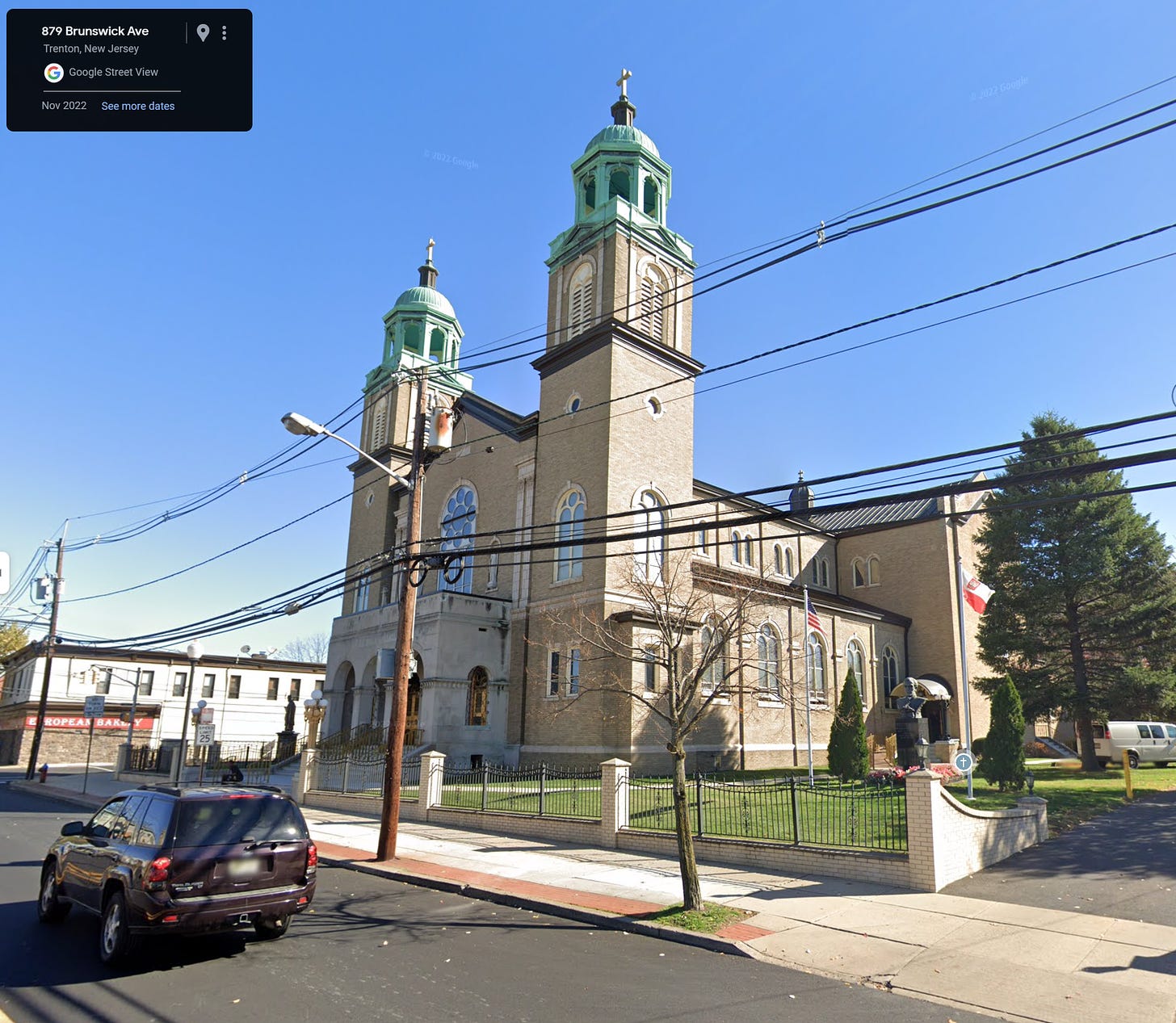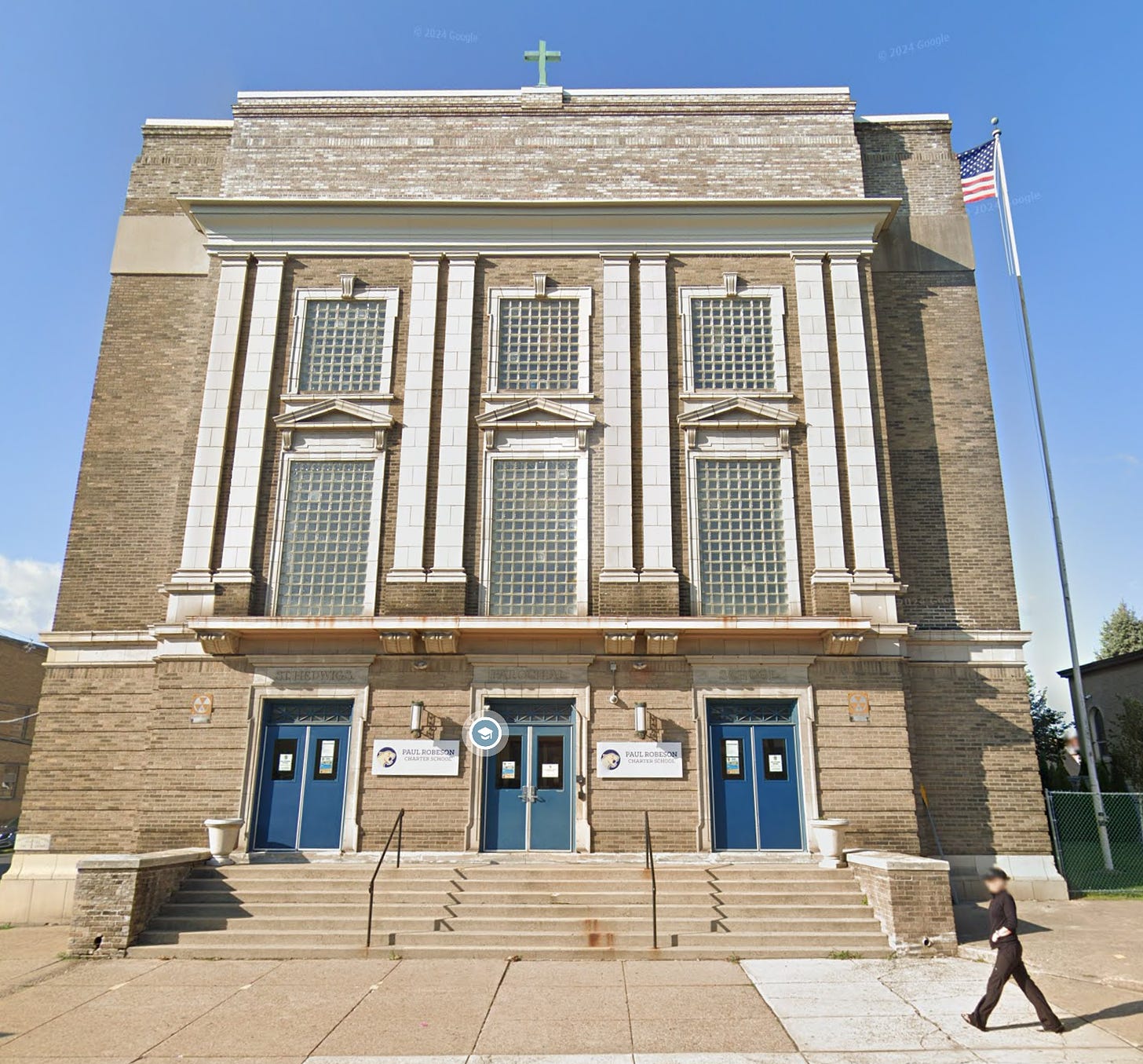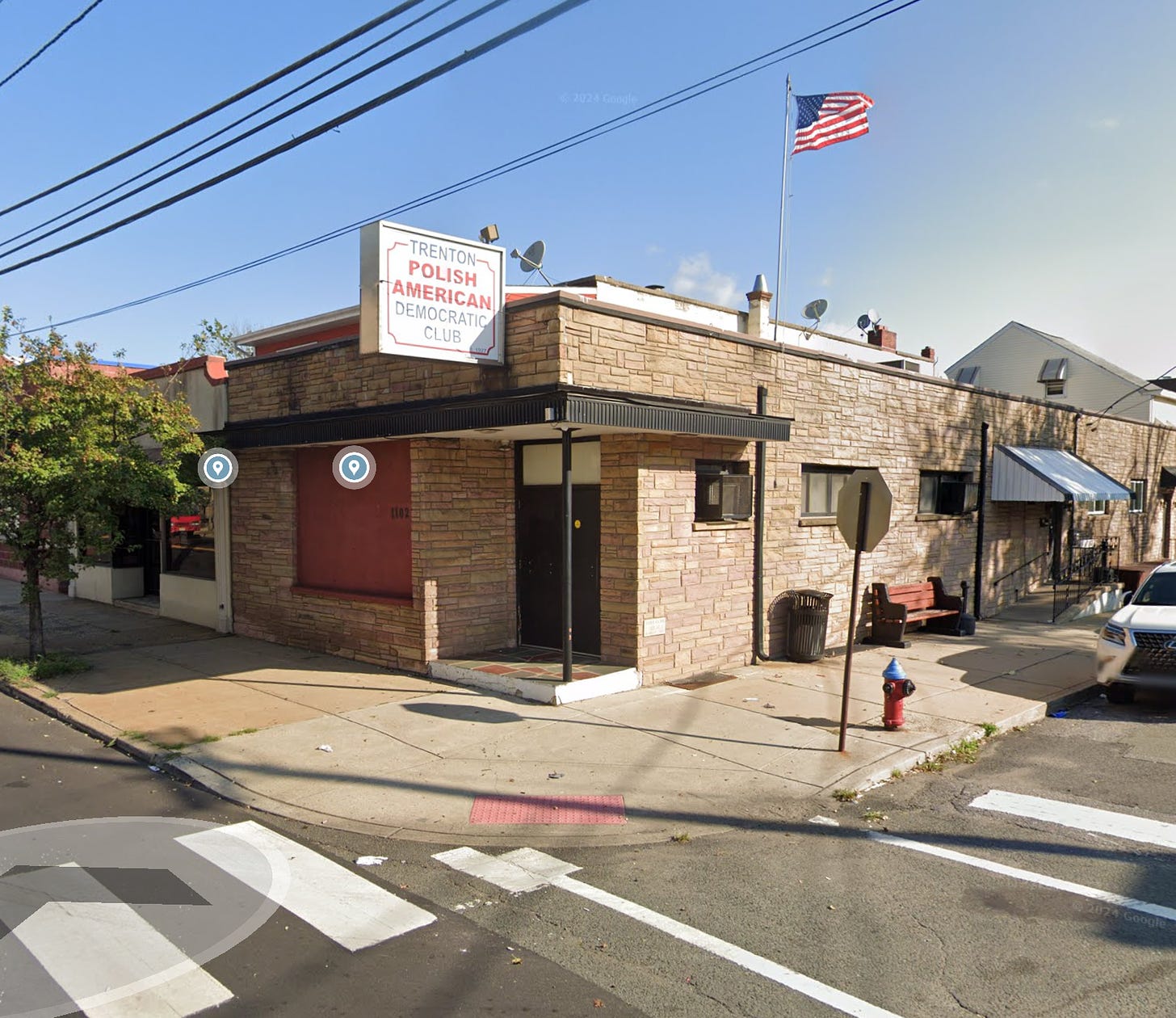It’s hard to be a consistent nativist. Other than the ~2.9% of US residents who claim native ancestry, the rest of us are the descendants of folks who stepped off a boat. We were all once strangers in a strange land. This forces the nativist to attempt to explain why recent immigrants are less deserving of the opportunities once extended to their own ancestors. Otherwise, they must admit that their opposition to immigration is rooted in base chauvinism and blind prejudice, a politically inconvenient truth.
I’m reminded of my encounter with then US Senator Rick Santorum during the 2016 Republican primaries. I was in Iowa for a political history conference and the organizers had invited the presidential candidates to attend. It was a bit odd as an event, but, heck, throw a backyard barbecue in Iowa during election season and you’ll need a stick to warn off all the Ivy-educated politicos cosplaying as common folks in overly pressed jeans while gnoshing on fried fair foods.
You might recall that before Trump descended his golden escalator, it was Santorum who occupied the nativist lane for the GOP field. He had finished second in 2012 — putting pressure on Mitt Romney to offer his ludicrous self-deportation policy plank — and was something of a favorite in the early stages of the 2016 jostling.
In any case, Santorum showed up and gave his stump speech lambasting open borders, unchecked immigration, and so on. But a bunch of academic historians is not the optimal audience for a Neo Know Nothing like Santorum. During the Q&A, I asked the Senator why he though it necessary to restrict immigration when he was himself descended from an illiterate, Italian immigrant grandfather. “Why ought the Sanchez family not have the same opportunity as the Santorum family?”
He was not pleased with the question, but he responded by suggesting that America was fundamentally different in the 2010s than it was in the 1940s: it was full up now, there was no need for more labor, etc. Nothing he said made any kind of historical or economic sense, but it was a reminder that the natural response of the nativist to their own ancestral hypocrisy is to claim that things Have Changed™.
I encountered a new, slight variation on that theme last week on the platform formerly known as Twitter. Micah Meadowcroft — a Christian nationalist and exceedingly minor former bureaucrat in the Trump administration — opined that it was immigrants themselves who Have Changed™. Unlike the hardy pioneers of the 19th century who carved homesteads from the howling wilderness using nothing but axes and a mutant breed of giant, blue-skinned oxen, 21st century immigrants have smartphones and planes. As a result, modern immigrants don’t have to fully leave their countries of origin behind, unlike the old stock who were “dead to the Old World.”
Now, there is a potentially interesting research topic here. Does modern technology decelerate or accelerate immigrant assimilation? Both are real possibilities after all. Sure, it is possible that real-time communication with family back in the country of origin, the ability to access globalized entertainment mediums, and the relatively low cost of travel might make it easier to resist assimilative pressure.
On the other hand, those same tools can also make it harder to resist assimilative pressure. As any parent of a kid with a smartphone knows, consistently policing their media consumption and interactions with friends is a near impossibility. It’s the Skibidi Toilet Law of Parenting: you might prefer that they not become obsessed with anthropomorphized toilets, but your wishes have less of an impact on their reality than you wish. I feel befuddled by the youth as it is; I can only imagine how much more alienated it must be for a first gen immigrant parent. THIS is why I sacrificed and left my job as a physicist at an elite university in the old country to run a motel in Cleveland??
I’m reminded of a journalist interviewing a Hispanic mother who heatedly stated — in Spanish — that the day she gave up her roots to her home culture and language was the day her eyes turned blue and skin went white. While she was saying this, the voice of her pre-teen emanated from the living room, in English, asking for more pizza rolls as he watched a Simpsons rerun.
It is not, in any way, obvious to me that this young man is less “dead to the Old World” than his counterpart on the frozen tundra of a 1880s Minnesota farmstead who could leave his chores only to attend the Swedish Free Church or the one room schoolhouse exclusively populated with students whose names also ended in -son.
The real howler in Meadowcroft’s statement is the idea that immigrants in the past were somehow less interested in maintaining ties to the “Old World.” It’s simply ludicrous to anybody with even the least familiarity with US history. As long as we’ve been a nation — and before, for that matter — immigrant communities have gone to great lengths to recreate social institutions that would help them maintain cultural ties with their home countries.
But you don’t have to take my word for it. In many American towns, you’ll find artifacts from that history built into the landscape. For example, when I drive back home from the Amtrak station in Trenton, NJ, I pass the corner of Brunswick and Olden Avenues. It’s the location of the beautiful edifice of St. Hedwig Roman Catholic Church.
Depending on your familiarity with various national flags, you might not be surprised to hear that St. Hedwig’s still conducts a mass in Polish. From the 1880s-1920s, a large wave of Polish refugees fled first Czarist and then Communist oppression to settle at this spot, which was then on the edge of town. Within a short walk, it was once possible to conduct one’s daily business entirely in Polish. Even now, this is the bank across the street.
The church ran a school next door, although the changing racial composition of Trenton in the mid-20th century means that the old “St. Hedwigs Parochial School” is now the “Paul Robeson Charter School.” (Everything about this picture is a century’s worth of vibes, right down to the nuclear fallout signs.)
Even today, you can still find little old folks walking through Trenton’s “Little Poland” to pick up fresh bread at the European Bakery, frequenting one of the travel agencies specializing in trips to eastern Europe, or stopping by the Polish-American Democratic Club for happy hour.
Every time I drive by, I’m impressed with how durable these social institutions have been. Some of that is a function of the fact that a later wave of Polish immigrants revived the area after the fall of the Iron Curtain in 1989, bolstering the number of Polish-speaking locals. (I once worked at a bank branch in the Fishtown neighborhood of Philadelphia with a similar story; the bank had a Polish-speaking teller on duty at all times for the older clients.)
But if you know what to look for, you’ll probably find remnants like this in your hometown as well, although perhaps a few faded signs or street names are all that remain. It’s a testament both to how determined these communities were to maintain their ties to the “Old World” and how difficult it was to sustain those efforts with each passing generation. Assimilation is as inevitable as the complaints of nativists, who worry that this time, surely, it won’t happen.
As a final note, if you drive to the other side of Trenton, you can watch a similar process unfold in real time for immigrants from Latin America. By 2020, Hispanic residents had passed African Americans as the largest bloc in Trenton, more than doubling since 2000. There are churches and businesses all catering to a Spanish-speaking clientele — including some of the best Guatemalan food I’ve ever had — within a several block radius of Columbus Park. (Nor is that name an accident!)
So a century from now, one can imagine our great-grandchildren thinking of one of those corners in east Trenton in precisely the way that we are now thinking of “Little Poland.” They might be able to watch the little old ladies pick up their bread from the bakery or hobble down to a Spanish-language service at the local Catholic (or pentecostal) church. I can’t think of anything more American.






